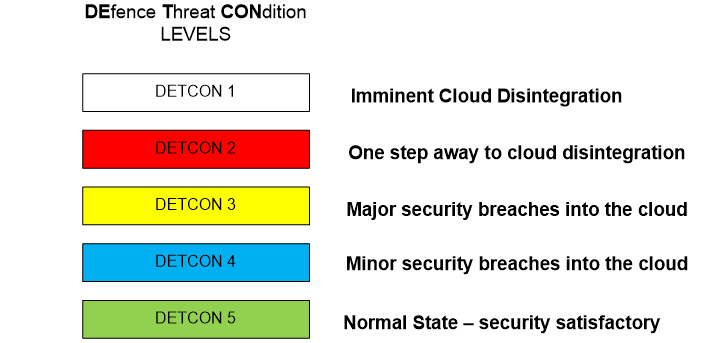The value of a good user interface is indisputable: with a good user interface, all features and functionality are supported; with a ‘bad’ or a ‘poor’ one, the users will ignore your product and will punish you to stay off market.
I remember how Donald Norman’s book on ‘The Design of Everyday Things’ that I read now about 25 years before changed my view on issues like usability engineering, and what one would call user-centered design.
When designing CS-AWARE, we had foreseen the need for a good visualization of our solution: how exactly should a ‘holistic cybersecurity awareness solution aimed at local public administrations’ look like?
What made Norman’s work and book exceptional was that he has taken a controversial stance in terms of saying that the design research community has had little impact in the innovation of products, and that while academics can help in refining existing products, it is technologists that accomplish the breakthroughs.
Below you can see what was our idea that we had been working together with Laurentiu Vasiliu of partner Peracton, about communicating to the users or the end users the level of a cybersecurity threat they are facing.

It is easy to see that a design like the above would have no chance at all to win even a candidacy for a local user interface design competition: it is rather poor and what one would describe as ‘basic’ or ‘primitive’. And it is at this point that in CS-AWARE we had the good luck and the luxury to have Cloud Partners with us in the consortium. Read about what they developed in part 2.
Adamantios Koumpis,
Universität Passau.

